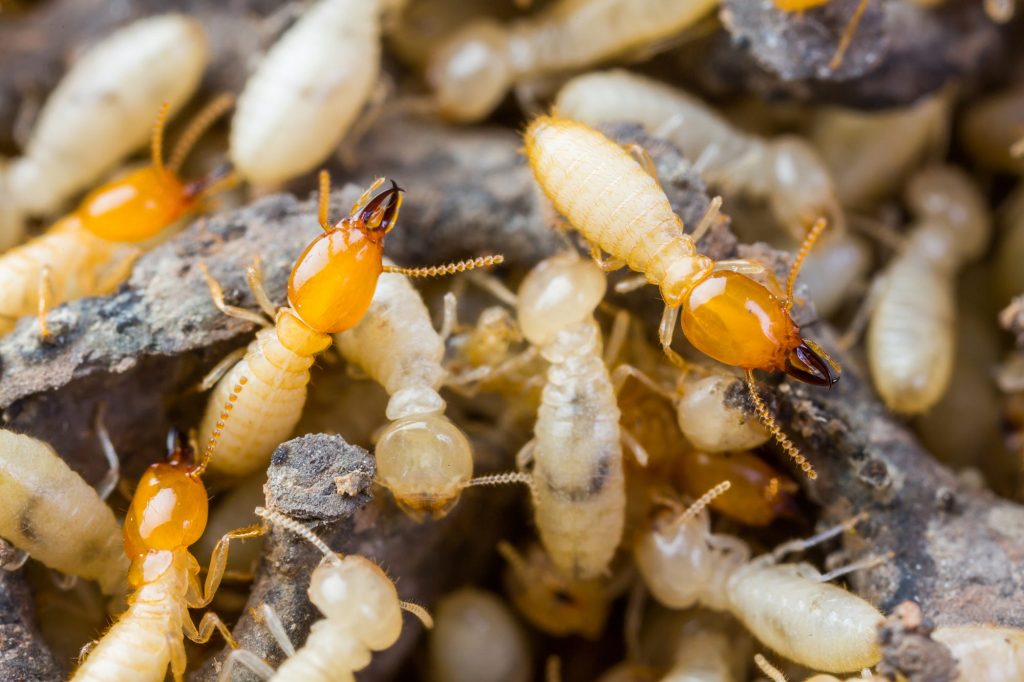Termites are a common pest found throughout the United States, including Michigan. Although they are rarely seen, they can cause significant damage to your home if left unchecked. In this article, we’ll explore the types of termites found in Michigan and provide practical advice on how to identify, prevent, and treat an infestation.
Types of Termites Found in Michigan
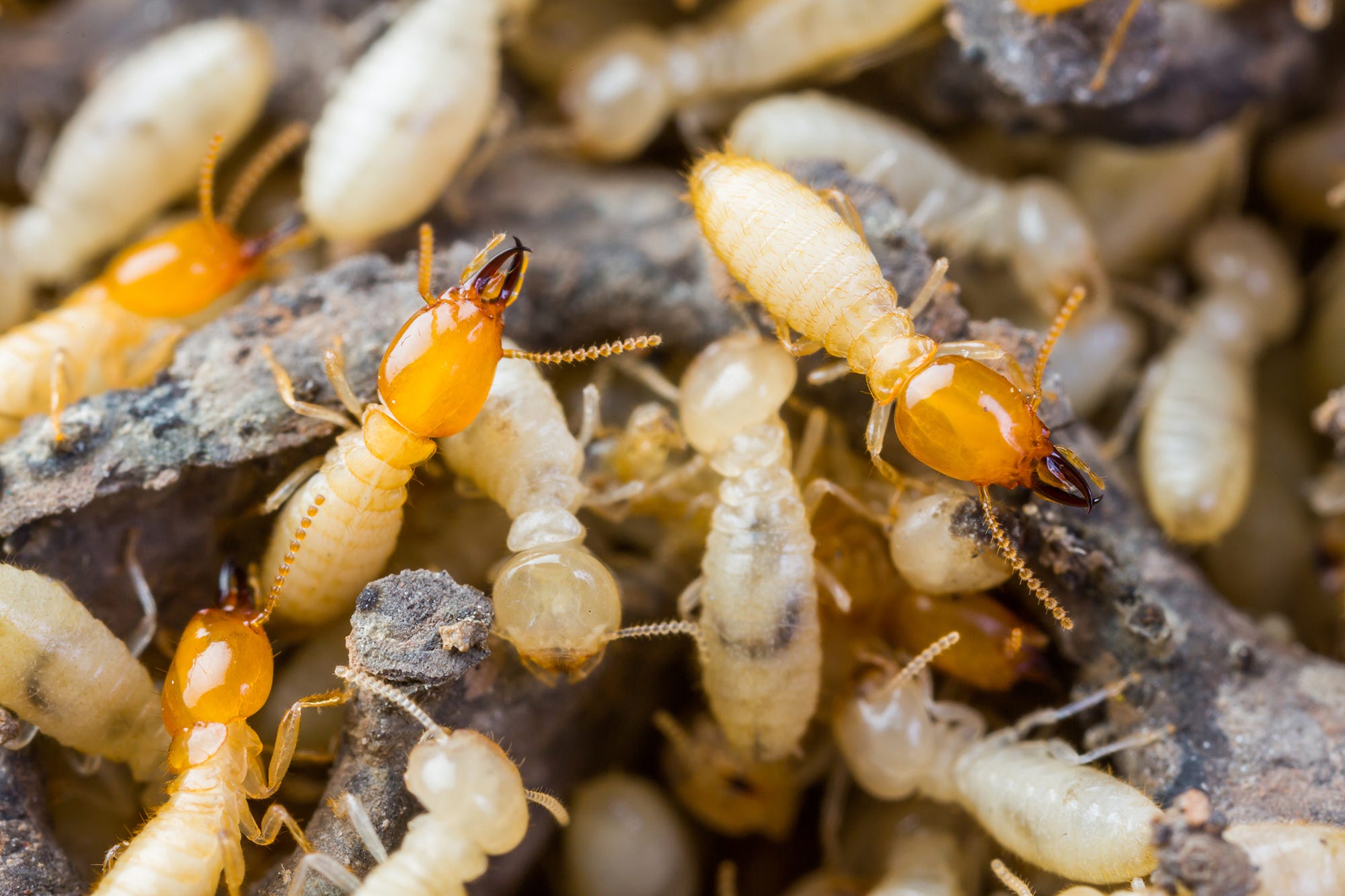
Michigan is home to several species of termites, including subterranean, drywood, and dampwood termites. Subterranean termites are the most common and destructive species in Michigan. They live in underground colonies, and prefer to feed on the cellulose found in wood, paper, and other materials containing plant fibers. Subterranean termites build mud tubes to travel from their nest to the food source. Drywood termites are less common than subterranean termites and are found in attic spaces, window frames, and furniture. They require less moisture than other species and can survive without contact with the soil. Dampwood termites are rarely found in Michigan, but they can be found in rotting logs and stumps, especially in wet areas near lakes and rivers. They require a moist environment and are attracted to water-damaged wood.
Signs of Termites in Michigan
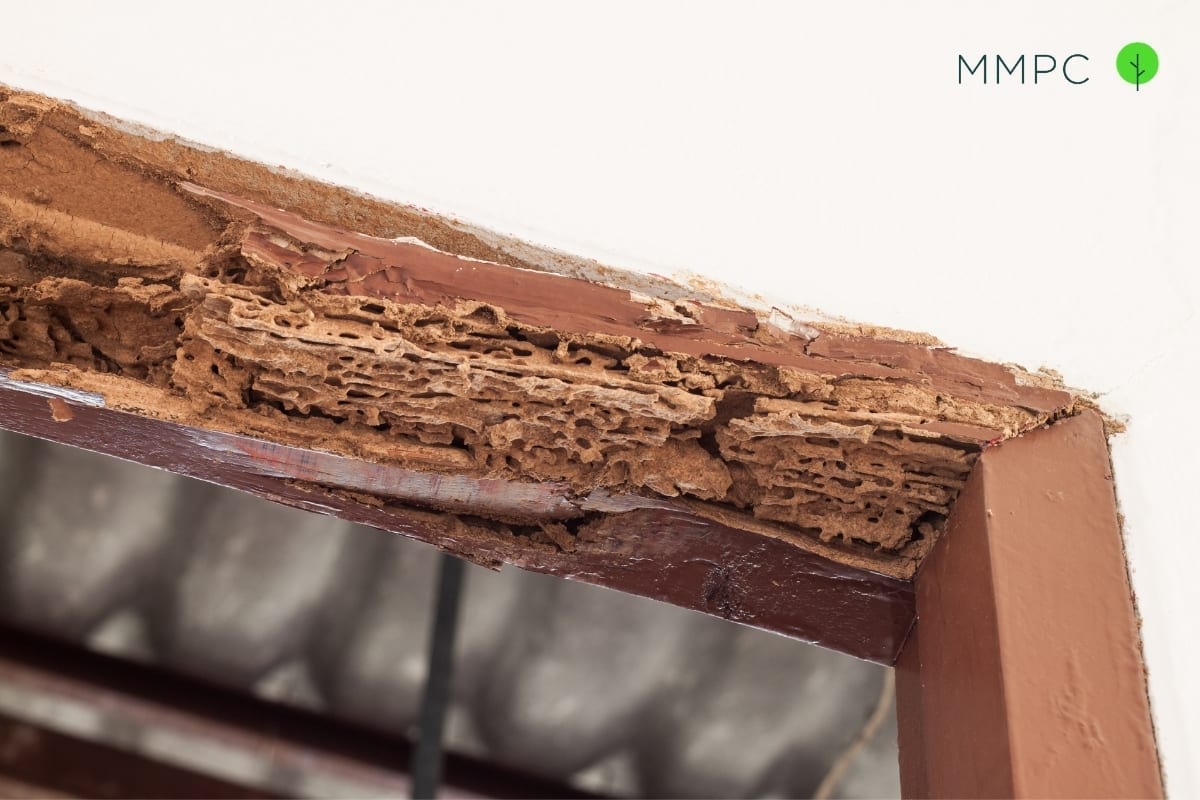
| Signs | Description |
|---|---|
| Mud Tubes | Termites build mud-tubes from the soil to the wood they are consuming as a way to travel from the ground to their food source. These mud tubes are usually visible on the foundation or other areas of the home. |
| Damaged Wood | Inspect any wood in the home for signs of damage. This may include wood that’s been chewed on, or wood that’s been hollowed out. |
| Discarded Wings | Flying termites may be seen in the spring months. They shed their wings after they have found a mate and established a new colony. Discarded wings are a sign of a termite infestation. |
| Swarms | Termite swarms are a sure sign of an infestation. In the spring, termites form reproductive swarms to mate and form new colonies. These swarms can be seen in or around the home. |
| Droppings | Termites leave behind droppings known as “frass”. This frass is comprised of drywood or dampwood termite fecal matter. It is usually found near infested wood and can also be seen on window sills. |
Prevention of Termites in Michigan
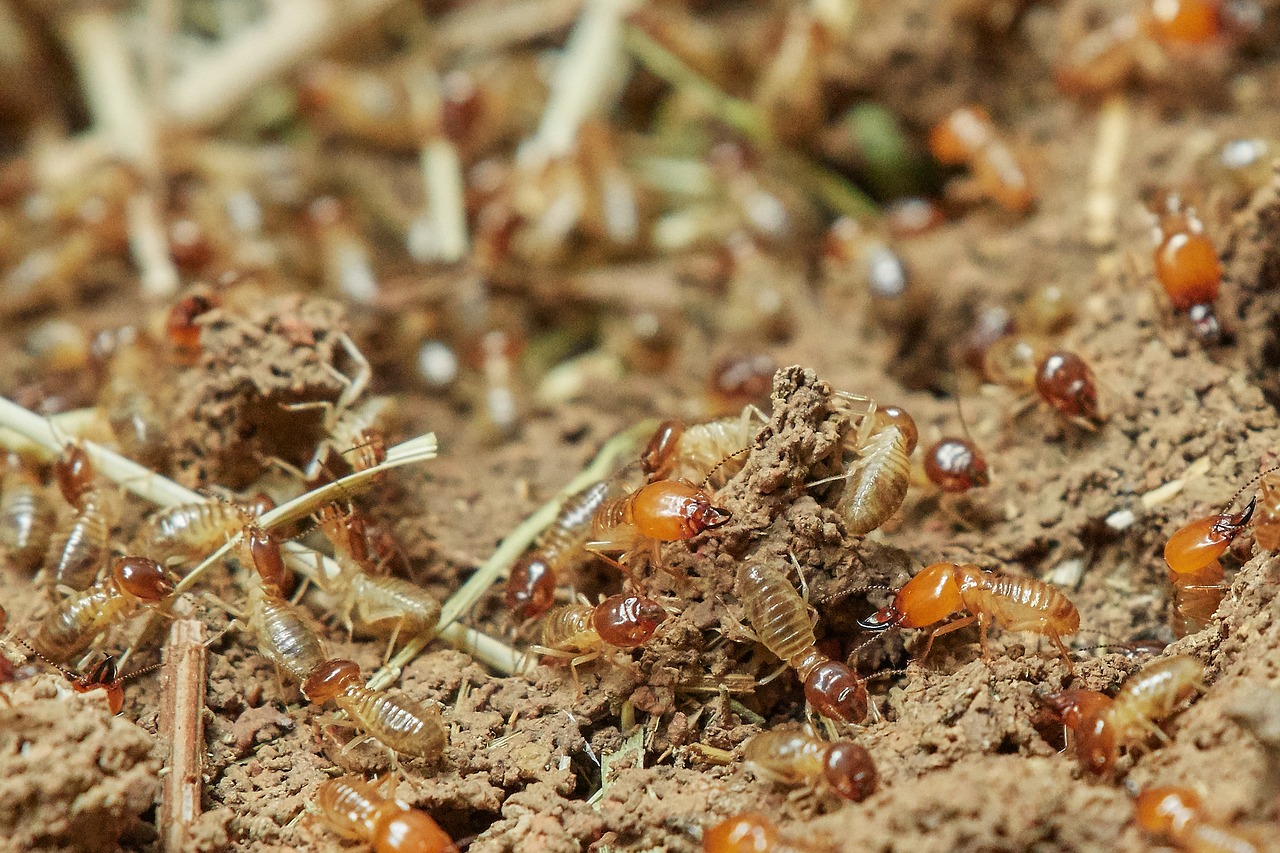
To prevent termites in Michigan, homeowners should take steps to reduce the chances of termite infestation. These steps include: sealing any cracks or crevices in the foundation or walls of the home; ensuring there is no water damage or rot in the structure; minimizing the amount of wood in contact with the soil; and eliminating sources of food and water for termites. Additionally, homeowners should inspect their home for signs of termite activity, including mud tubes, wood damage, and swarms of flying termites.
If a homeowner finds evidence of termites, they should contact a pest control specialist for assistance. A professional will be able to determine the extent of the infestation and treat the problem using techniques such as spot treatments, baiting, and soil treatments. These treatments will help to eliminate the existing infestation and prevent future infestations.
In addition to treating the home, homeowners should take steps to prevent termite infestation in the future. These steps include: removing sources of food and water from the area; sealing any cracks or crevices in the foundation or walls; and maintaining a dry environment. Homeowners should also inspect their home regularly, paying special attention to areas near the foundation and any wood structures, to ensure that signs of termite activity are not present.
Treatment of Termites Found in Michigan
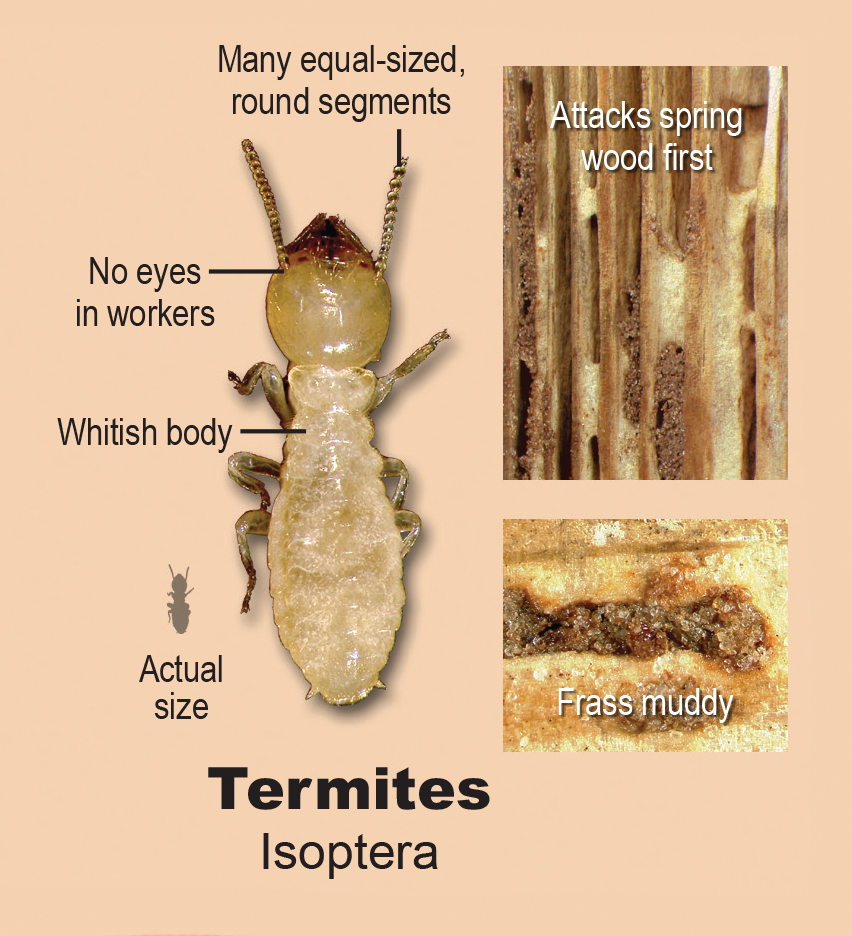
Michigan is a state that experiences an infestation of termites. In order to effectively control and eliminate these termites, a combination of methods should be used. These methods include baiting, chemical treatments, and physical removal.
Baiting
Baiting is a popular and effective method of controlling termites. Termite baits consist of slow-acting toxicants that allow the termites to carry the poison back to the colony. The bait should be placed in areas that are highly accessible to termites, such as near a wall or foundation, and should be inspected regularly to monitor the progress of the elimination.
Chemical Treatments
Chemical treatments are another method of termite control. Common chemical treatments used to eliminate termites include liquid termiticides and foam treatments. Liquid termiticides are typically applied around the perimeter of a structure or in any areas deemed infested. Foam treatments are typically applied directly to the source of the infestation.
Physical Removal
Physical removal is the most labor-intensive method of termite control. This method requires manual removal of any termite colonies, infested wood, and other debris. This method should be used in conjunction with baiting and chemical treatments for best results.
Conclusion
In order to effectively control and eliminate termites in Michigan, a combination of baiting, chemical treatments, and physical removal should be used. This combination of methods will help ensure that the termites are eliminated and prevent future infestations.
Common Species of Termites Found in Michigan
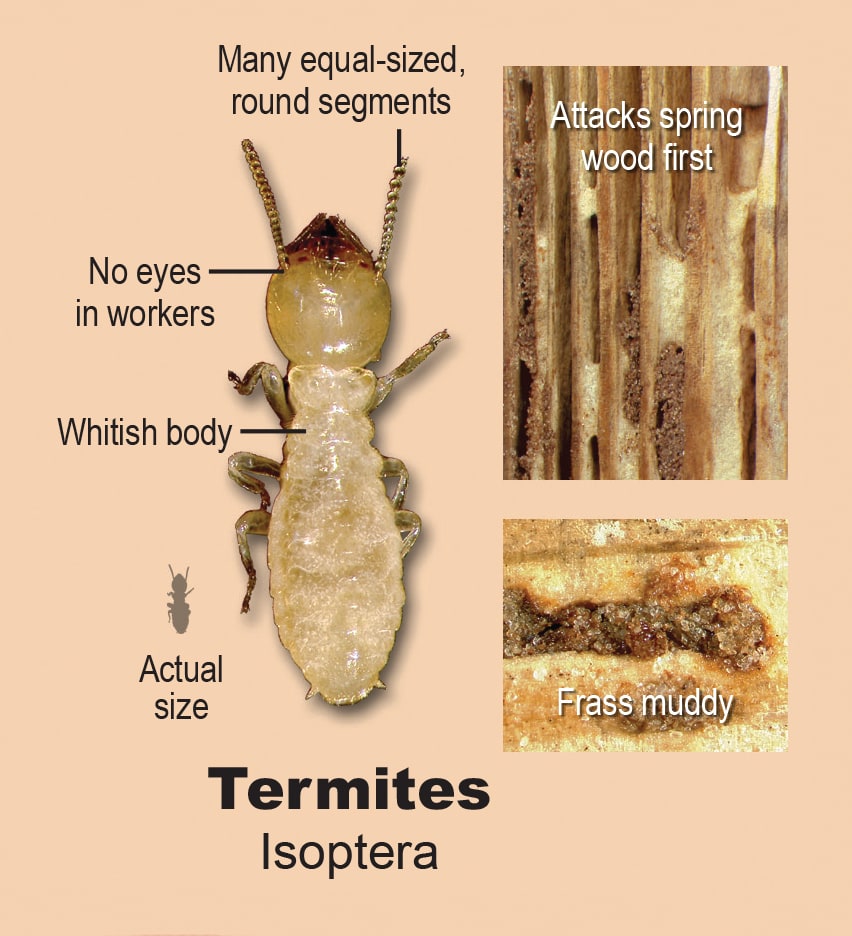
Michigan is home to three common species of termites: dampwood, drywood, and subterranean.
| Species | Description |
|---|---|
| Dampwood Termites | Dampwood termites are found in moist wood and rarely in contact with soil. They are usually found in moist wood and are generally characterized by their large, dark heads and bodies. They have a wingspan of up to ¾ of an inch. |
| Drywood Termites | Drywood termites are found in dry, dead wood and are rarely in contact with soil. They are characterized by their reddish-brown bodies and darker heads. They can have a wingspan of up to ½ of an inch. |
| Subterranean Termites | Subterranean termites are found in the soil and build their colonies in the ground. They need contact with soil in order to survive and are characterized by their pale, white bodies and darker heads. They can have a wingspan of up to ¾ of an inch. |
Dampwood, drywood and subterranean termites can all cause extensive damage to wooden structures and furniture. It is important for homeowners to be aware of these species and take preventative measures to protect their homes from infestations.
Common Areas Where Termites are Found in Michigan
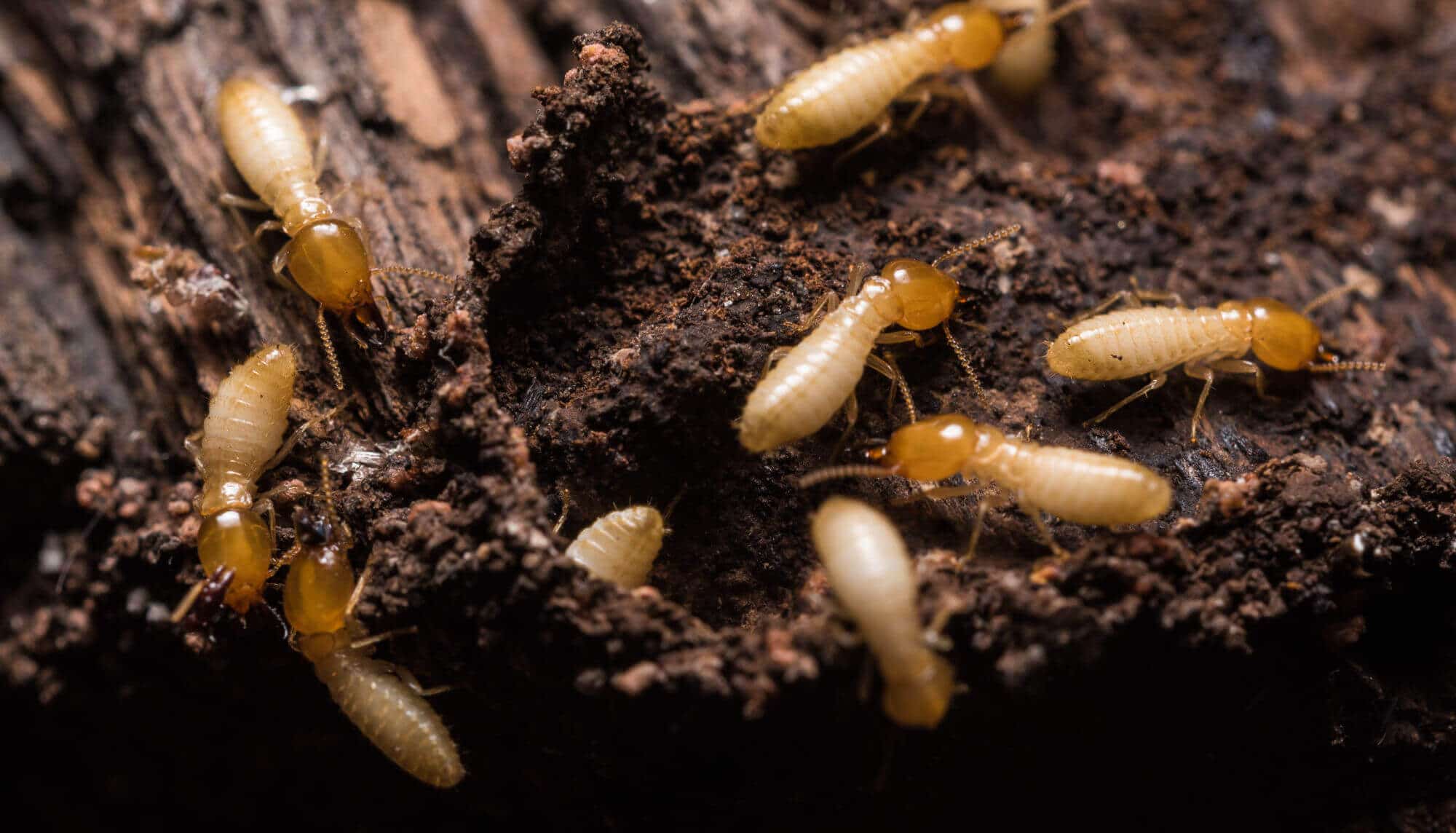
Termites are found in most areas of Michigan, but certain conditions can make certain areas more attractive to them. Common areas where termites are found in Michigan include:
| Location | Description |
|---|---|
| Basements | Basements are a common entry point for termites since they provide a moist and dark environment near the foundation of a home. |
| Wooden Structures | Wooden structures such as decks, porches, and sheds provide a ready-made food source for termites and can easily become infested. |
| Mulch | Mulch and other organic materials can provide a moist environment that termites prefer and can quickly become infested. |
| Soil | Soil near wooden structures, especially where there is water or dampness, can attract termites. |
| Trees | Trees, stumps, and decaying wood can provide a food source for termites and can become infested quickly. |
Inspecting these areas for signs of termite activity is essential for preventing an infestation. Common signs of termite activity include mud tubes, frass or sawdust-like material, and damaged wood. It is important to act quickly if termites are found, as they can cause significant damage to a home or structure in a short period of time.
Effects of Termites on Michigan Buildings
Termites can cause significant damage to Michigan buildings and their foundations. Subterranean termites build nests in the ground and travel through tunnels in search of wood and other cellulose-based materials. They can enter a structure through small cracks in the foundation or through gaps in the exterior. Once inside, they feast on wood, paper, and other items, leaving behind a trail of destruction. Termites have been known to cause extensive damage to the wooden framing and supports of a building, as well as to furniture, books, and paper products. In severe cases, the infestation can weaken the structure of the building and cause it to collapse.
Preventative measures are the best way to keep termites away from buildings. Homeowners should check for signs of termite infestations, such as mud tubes, termite droppings, and wood damage. If an infestation is found, an extermination service should be called. Additionally, homeowners should take steps to reduce the chances of an infestation, such as reducing moisture levels, sealing cracks and crevices in foundations, and removing wood debris near the building.
Responsibility for Treatment of Termites in Michigan
- Homeowners are responsible for the treatment of termites in Michigan.
- Treatment methods may include baiting, spraying, and fumigation.
- Homeowners should contact a professional exterminator for help in determining the best treatment option.
- Homeowners should follow all safety guidelines provided by the exterminator.
- Homeowners should also ensure that any pesticides used are registered with the Michigan Department of Agriculture.
- The Michigan Department of Agriculture also recommends that homeowners inspect their property for signs of termite activity at least once a year.
Frequently Asked Questions
Are there termites in Michigan?
Yes, there are termites in Michigan. The most common species found in the state are eastern subterranean termites and dampwood termites. These termites are native to Michigan and can cause significant damage to structures if left unchecked. Homeowners should be aware of the signs of termite damage, including mud tubes and wood damage, and take steps to prevent infestation. Professional pest control services are available to help identify and remove termites.
What are the Signs of Termites in Michigan?
Signs of termite infestation in Michigan include the presence of swarming termites, discarded wings near windows and doors, mud tubes on the exterior of the home, and wood that appears to be damaged or hollowed out. In addition, termites may cause bubbling or cracking of paint and drywall, and create a clicking sound inside walls.
How can I protect my home from termites in Michigan?
The best way to protect a home from termites in Michigan is to ensure that the building is constructed using materials that are resistant to termites, such as pressure-treated wood or steel. Additionally, homeowners should inspect their property for signs of termite damage such as mud tubes or wood damage and repair any damage that is found. Homeowners should also ensure that wood materials are at least six inches off the ground and away from the foundation, and that mulch is kept at least two feet away from the foundation. Finally, regular termite inspections should be performed by a professional pest control service.
What should I do if I find termites in my Michigan Home?
If you find termites in your Michigan home, it is important to immediately contact a professional pest control company. They will be able to assess the severity of the infestation and provide the necessary treatments. In the meantime, you should take steps to reduce the attractiveness of your property to termites, such as eliminating any sources of moisture, sealing cracks and gaps in the foundation, and ensuring that all wood products are stored away from the house. Additionally, you may want to consider investing in termite prevention treatments, such as baiting systems, to protect your home in the future.
What kind of damage can termites cause in Michigan?
Termites can cause significant damage to homes, buildings, and other structures in Michigan. They can weaken and damage wood, flooring, walls, and support beams. Termites can also damage insulation, wallpaper, and other organic materials. Additionally, termites can destroy furniture, clothing, books, and other items that contain cellulose. The cost of repairing the damage caused by termites can be very expensive.
Conclusion
Termites are a significant pest problem in Michigan, and can cause extensive damage to homes and other structures. Homeowners should be aware of the signs of termite infestation and take steps to prevent termite damage. Professional pest control services should be contacted if signs of infestation are present. With the proper precautions and treatments, homeowners can prevent the costly damage termites can cause.

